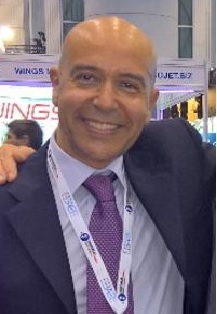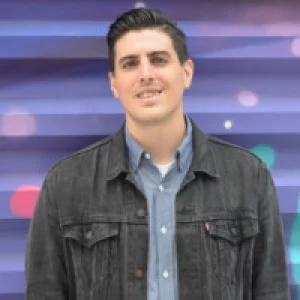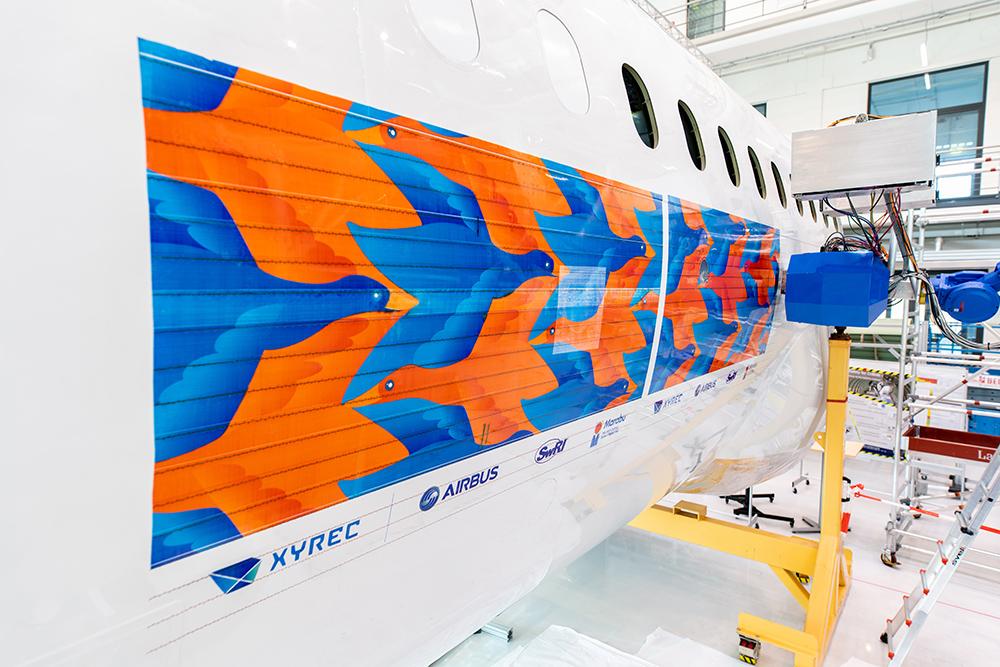Robotics Specialist Aims To Improve Drag-reducing Sharkskin Technology
Details
More Products & Services
Products & Services
Aerospace | Aviation Week Network
Aviation Week Network
https://aviationweek.com/themes/custom/particle/dist/app-drupal/assets/awn-logo.svg
Home - Aviation Group Marketing
Aviation Week Network
120 data points on over 156,000 commercial and business aviation aircraft, including military transports. Discover the most trustworthy resource for the complete aircraft history, plus ad hoc reports, month-over-month trend analysis and details on expected deliveries through 2050.
People

Andrea Rossi Prudente
Aviation Week Network

Becca Balmes
Aviation Week Network

Belinda Tan
Aviation Week Network

Brian Everstine
Aviation Week Network
Editor

Eddie Krankowski
Aviation Week Network
Assistant Manager, Tradeshows

erving dockery
Aviation Week Network

Lisa Tan
Aviation Week Network
Senior Marketing Manager

Mark Thomas
Aviation Week Network
Description
A growing number of airlines have recently adopted sharkskin-inspired aircraft surface film to reduce drag, fuel consumption and carbon dioxide emissions. Dutch robotics specialist Xyrec is now developing an automated way in which this type of technology could be directly incorporated into aircraft paint to simplify and speed up application while creating no additional weight.
Xyrec specializes in robotic systems to automatically paint and remove coatings from aircraft. Its Laser Coating Removal (LCR) robot has been undergoing comprehensive testing with a major aircraft manufacturer and CEO Peter Boeijink says the technology can completely remove paint from a Boeing C-17 in approximately 20 hr. Xyrec's Automated Paint Robot (APR) can print maskless aircraft livery designs quickly, with Boeijink noting that it can reduce an aircraft's time in the paint shop from 16 to five days. Xyrec plans for the LCR to go into production in 2026 and for the APR to go into production shortly thereafter.
The company is now working with a partner in the Asia-Pacific region to create drag-reducing sharkskin directly within aircraft paint using robotic application. Boeijink says that current methods of applying sharkskin film to aircraft add weight and require significant time and manual labor. By incorporating the sharkskin properties directly into the paint using a robotic application, he says the process could be completed in one day and add no additional weight.
“If you want to have 2-4% [fuel reduction from sharkskin technology], you will have to do it very precisely and everywhere [on the aircraft], or else you are limited to 0.5-1%,” says Boeijink. “Then you get the question, ‘Is that economical when it takes 2-3 or maybe four days to get it on an aircraft and you only save 0.5% on your fuel?'”
Over the past few years, carriers such as Austrian Airlines, EVA Air, Lufthansa Cargo and Swiss International Airlines have opted for AeroSHARK, the drag-reducing film developed by Lufthansa Technik (LHT) and BASF. The AeroSHARK riblet films are applied at relevant points on an aircraft to reduce frictional resistance and optimize aerodynamics. In applications so far, the films are applied to approximately 40% of an aircraft's surface.
The companies estimate AeroSHARK will save around 1.1% of fuel and carbon dioxide emissions, with results so far showing what LHT says is a “clear reduction in [fuel] usage.” LHT says interest in the product has been growing as older widebodies operate longer than planned due to aircraft delivery delays.
Boeijink says the military market is particularly interested in Xyrec's robotic version of sharkskin technology, and the company is currently discussing prospects with the U.S. Air Force. He estimates robotically applied sharkskin could save the U.S. Air Force $100 million in fuel costs annually.
Xyrec specializes in robotic systems to automatically paint and remove coatings from aircraft. Its Laser Coating Removal (LCR) robot has been undergoing comprehensive testing with a major aircraft manufacturer and CEO Peter Boeijink says the technology can completely remove paint from a Boeing C-17 in approximately 20 hr. Xyrec's Automated Paint Robot (APR) can print maskless aircraft livery designs quickly, with Boeijink noting that it can reduce an aircraft's time in the paint shop from 16 to five days. Xyrec plans for the LCR to go into production in 2026 and for the APR to go into production shortly thereafter.
The company is now working with a partner in the Asia-Pacific region to create drag-reducing sharkskin directly within aircraft paint using robotic application. Boeijink says that current methods of applying sharkskin film to aircraft add weight and require significant time and manual labor. By incorporating the sharkskin properties directly into the paint using a robotic application, he says the process could be completed in one day and add no additional weight.
“If you want to have 2-4% [fuel reduction from sharkskin technology], you will have to do it very precisely and everywhere [on the aircraft], or else you are limited to 0.5-1%,” says Boeijink. “Then you get the question, ‘Is that economical when it takes 2-3 or maybe four days to get it on an aircraft and you only save 0.5% on your fuel?'”
Over the past few years, carriers such as Austrian Airlines, EVA Air, Lufthansa Cargo and Swiss International Airlines have opted for AeroSHARK, the drag-reducing film developed by Lufthansa Technik (LHT) and BASF. The AeroSHARK riblet films are applied at relevant points on an aircraft to reduce frictional resistance and optimize aerodynamics. In applications so far, the films are applied to approximately 40% of an aircraft's surface.
The companies estimate AeroSHARK will save around 1.1% of fuel and carbon dioxide emissions, with results so far showing what LHT says is a “clear reduction in [fuel] usage.” LHT says interest in the product has been growing as older widebodies operate longer than planned due to aircraft delivery delays.
Boeijink says the military market is particularly interested in Xyrec's robotic version of sharkskin technology, and the company is currently discussing prospects with the U.S. Air Force. He estimates robotically applied sharkskin could save the U.S. Air Force $100 million in fuel costs annually.

Share
Recent Chats
Share via email
Future: handle WhatsApp here
Future: handle LinkedIn here
Future: handle Twitter here
SUBMENU HERE
Share via Chat
Copy Link

 Digital Directory
Digital Directory